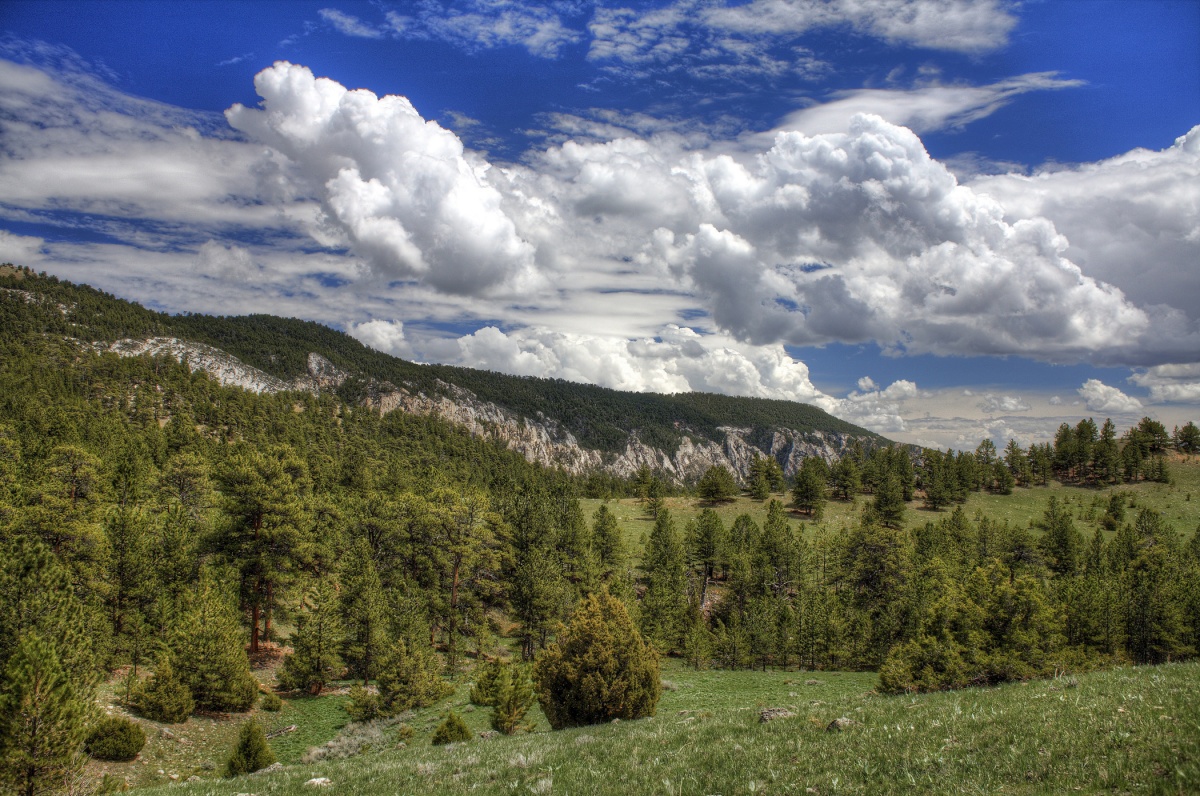
BLM Wyoming Forests and Woodlands
The Bureau of Land Management (BLM) forests provide valuable fish and wildlife habitat, recreational opportunities, forest products and clean water. The BLM emphasizes balancing the ecological, economic and social aspects of forests, managing them to consider the needs of future generations.
BLM Wyoming manages approximately 1.3 million acres of forests and woodlands in Wyoming. Approximately 500,000 acres are considered forest land and the other 800,000 acres are woodlands, both providing valuable habitat for wildlife, scenic landscapes, and economic opportunities.
BLM Wyoming’s public domain forestry budget for FY2015 was approximately $580,000. The program staff consists of four field foresters and a State Office forester. Wyoming also receives approximately $150,000 dollars annually from BLM’s Forest Ecosystem Health and Recovery Fund (5900) that promotes active forest management to increase forest resiliency to wildfire, insects, and diseases.
Forested lands across the state, including BLM managed lands, have experienced widespread mortality from insects and disease over the last decade. According to the most recent USFS aerial detection data, new bark beetle infections are declining across Wyoming compared to previous years except in high elevation lodgepole pine and five needle pine stands, many containing whitebark pine, and in ponderosa pine stands in the State’s northeast corner.
BLM Wyoming manages about 11,000 acres of whitebark pine stands. The U.S. Fish and Wildlife Service determined that whitebark pine warrants protection under the Endangered Species Act, but that adding the species to the federal list of Endangered and Threatened Wildlife and Plants is precluded by the need to address other listing actions of a higher priority. Whitebark pine will be added to the list of candidate species eligible for ESA protection and its status reviewed annually. Threats to the whitebark pine include habitat loss and mortality from white pine blister rust, mountain pine beetle, catastrophic fire and fire suppression, environmental effects resulting from climate change, and the inadequacy of existing regulatory mechanisms.
